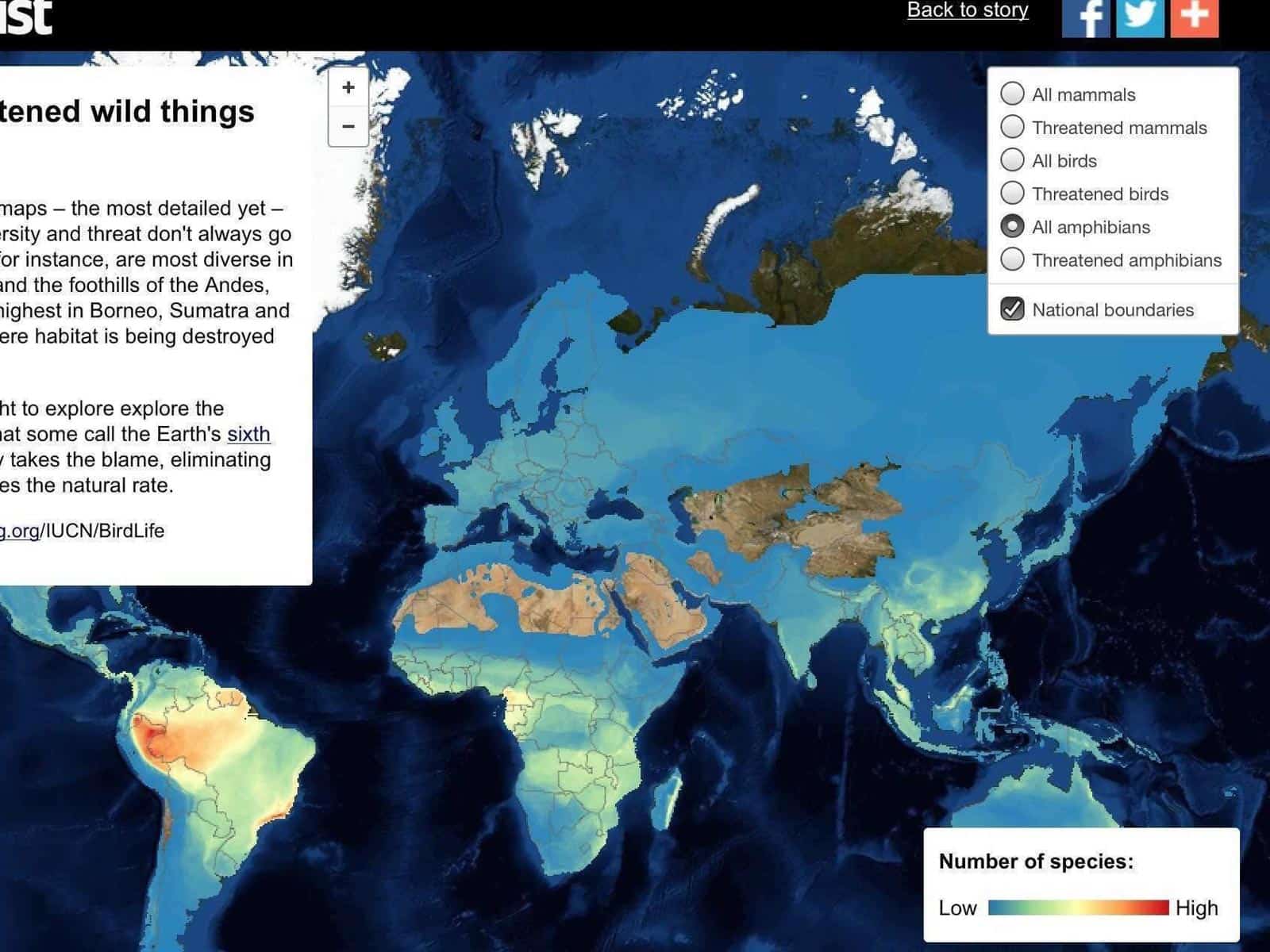Understanding Favourable Conservation Status
Directive 2009/147/EC of the European Parliament and of the Council of 30 November 2009 on the conservation of wild birds (this is the codified version of Directive 79/409/EEC as amended). This Directive ensures far-reaching protection for all of Europe’s wild birds, identifying 194 species and sub-species among them as particularly threatened and in need of special conservation measures.
Please also read: Wilderness and the Birds and Habitats Directive evaluation study
The Habitats Directive 92/43/EEC was adopted in 1992. The main aim of this Directive is to promote the maintenance of biodiversity, taking account of economic, social, cultural and regional requirements. While the Directive makes a contribution to the general objective of sustainable development; it ensures the conservation of a wide range of rare, threatened or endemic species, including around 450 animals and 500 plants. Some 200 rare and characteristic habitat types are also targeted for conservation in their own right.
Based on the two directives the so-called Natura 2000 network was set up. The directives, which are currently under a regulatory fitness check (more about this process here), require to reach the so-called Favourable Conservation Status (FCS) of species and habitats. What is this status exactly? How could this be interpreted legally and ecologically? This was the topic of a recent, interesting research by Yaffa Epstein, José Vicente López-Bao, and Guillaume Chapron.
The article highlights that FCS is a legal concept, which must be understood and applied by scientists, managers and policy makers. “The importance of properly interpreting FCS should not be overlooked since the Habitats Directive is the pivotal instrument for biodiversity conservation in all the Member States of the European Union.” The research concludes among other things that “a species may be considered to be at FCS even if some form of human management is required, but the species must be able to be said to be part of a functioning ecosystem. This means that the need for human management must be limited.” The researchers suggest that measuring FCS from carrying capacity point of view instead of from extinction point of view is more logically consistent. The full report is available here









